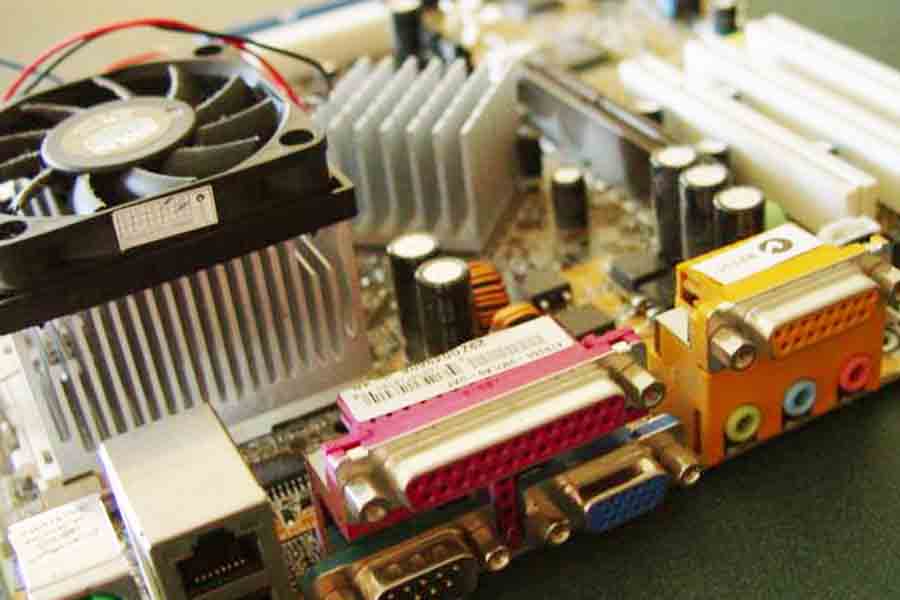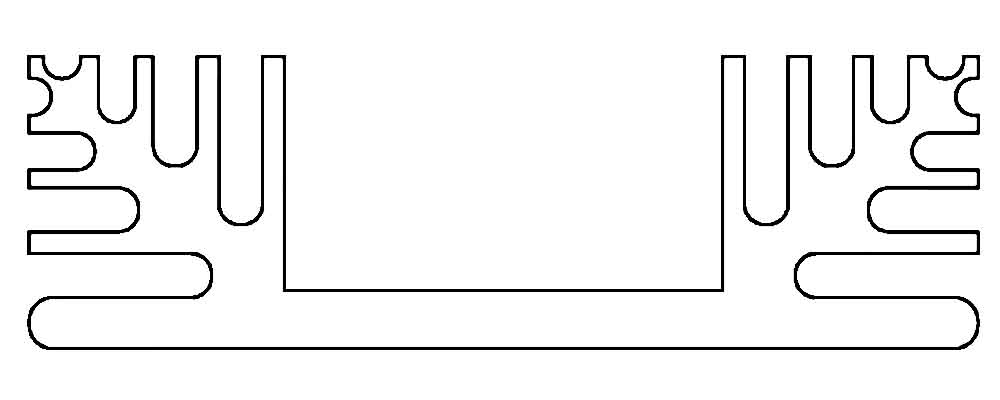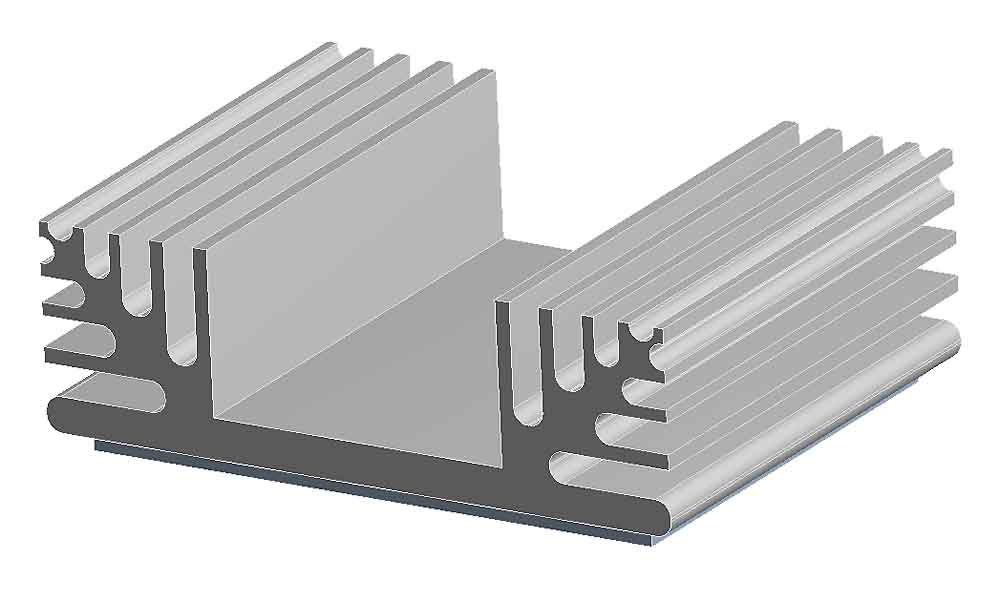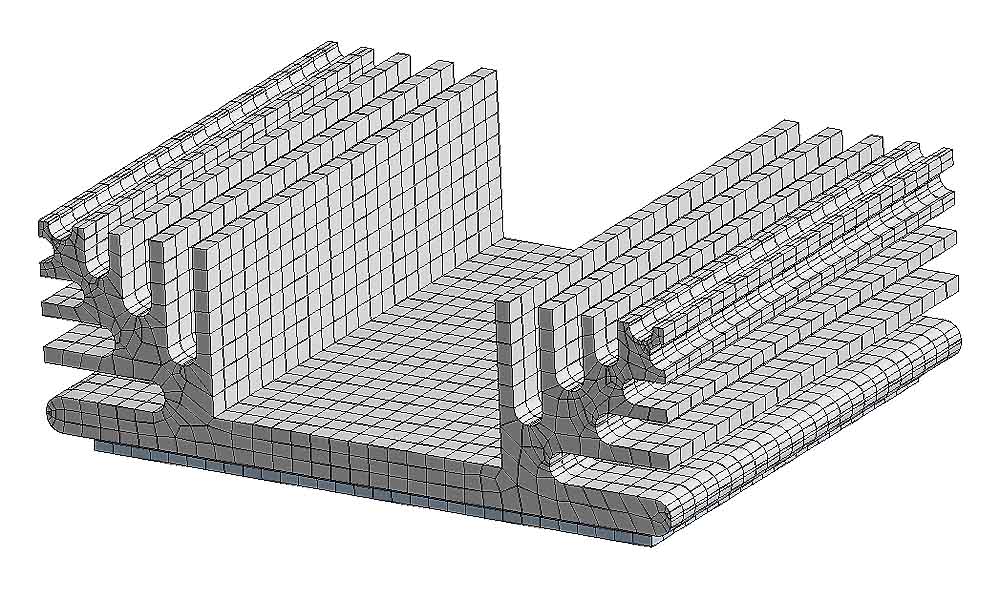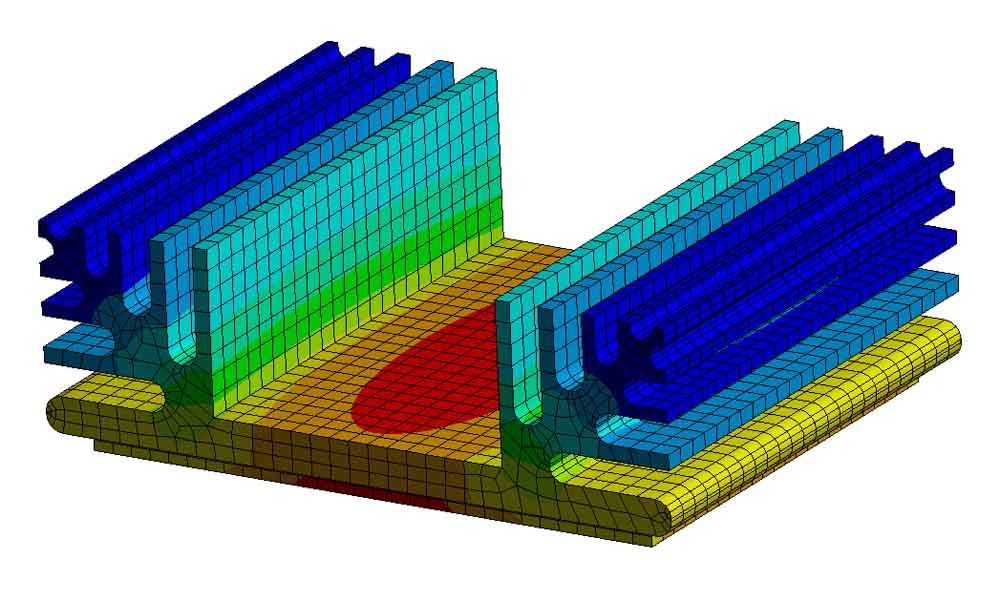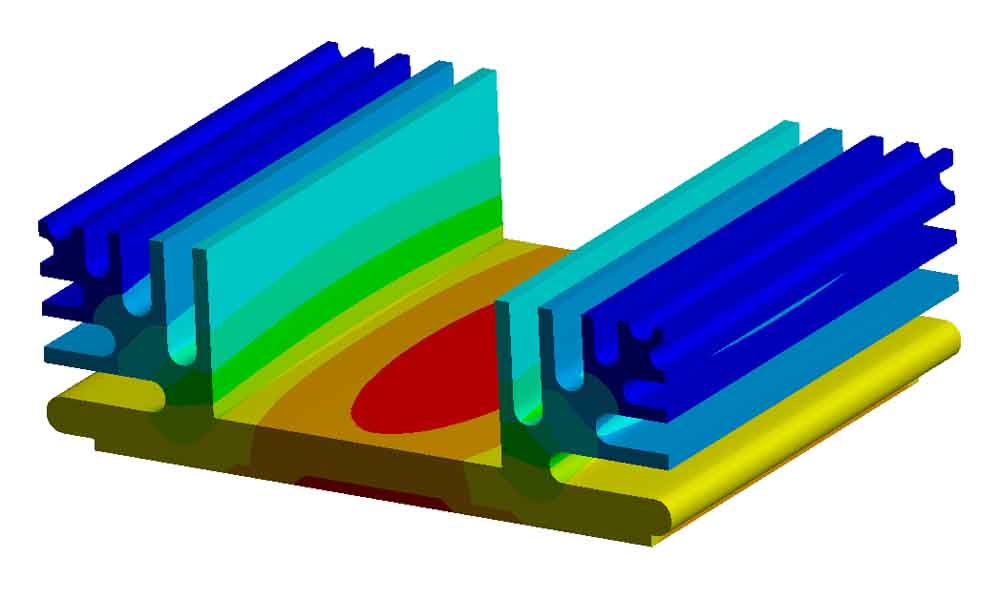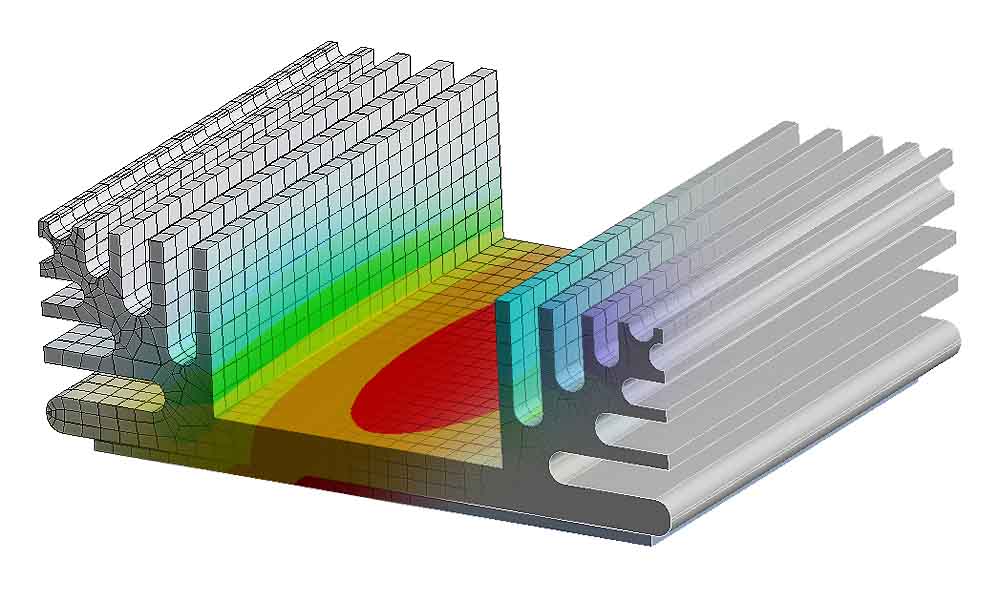People also visited:
Leveraging GPT and AI for Career Coaching and Professional Development
Best Career Choice Tips
Gas Emission Control Silencer
Revolutionizing HR: GPT for CV Analysis and Candidate Screening
Learning By Doing
Integrating Minimalism and Human-Centered Design in Restaurant Interiors
Rethinking Doctoral Training: Gaps and Challenges in Achieving Long-Term Career Sustainability
The Role of Safety Standards in Electrical Plant Construction Project Planning: 2024 Update
Acuvue Oasys: The Ultimate Guide to Comfort and Clarity
Applications of Heterogeneous Catalysis in Industry
Optimizing Project Success: Strategies for Effectively Breaking Down Projects into Tasks
Agile Project Management in Refineries Overhaul
European Union Chemical Regulations - A Review
EB-1 Visa Acceleration Program - NIW Professional Immigration to United States
Influencers Life and Public Perception
Startup Marketing Psychology: How Psychological Principles Strengthen Brand Perception
5 easy ways to never run out of new ideas
Comprehensive Guide to CV Cover Letter Templates: How to Create, Customize, and Use Professional Cov...
Hospitality and Tourism Careers in Europe: Navigating the Job Market
Comprehensive Guide to Europass CV: How to Create and Use It Effectively
SDG - Personal Experience
Strategic Decision-making in European Energy Markets: Theory and Policy Implications
3D Holography and its Proven Industrial Applications
Siemens Teamcenter PLM and Interconnection with SAP and CAD
People also visited:
Mechanical and Lab Skills - Top 10 Skills for Every Lab Expert
Best Contacts for Dry Eyes: Top Choices for Optimal Comfort
RX Safety Glasses: Protecting Your Vision with Style and Function
Roles of ISFJ and Defenders during Corona Pandemic
Prescription Colored Contact Lenses: Combining Aesthetics with Vision Correction
6 best ways to maintain your product agility within a non-agile environment
Everything You Need to Know About Contact Lenses
Siemens Teamcenter PLM and Interconnection with SAP and CAD
Prescription Safety Glasses: Ensuring Protection and Clear Vision
Understanding Engagement: A Psychological Perspective on Disruptive Social Media Content
Innovative Approaches to Enhancing Team Collaboration in Virtual Workspaces
Sustainable Interior Design with the help of ArchiCAD
Comprehensive Guide to Europass CV: How to Create and Use It Effectively
Architectural Design on a Budget: Utilizing FreeCAD for Your Projects
Career Development Stages
Defender Personality: Tech Support Representative
Difficulties of Voluntarily Rescuing Stray Dogs in Iran
Legal Loopholes and Ethical Marketing: How Companies Can Navigate Content Boundaries
Moody Lenses: Stylish and High-Quality Contact Lenses
Techniques for Characterisation of Polymeric Nanoparticles: A Review
Revolutionizing Construction: 7 Powerful Ways AI and BIM Integration Are Transforming the Industry
Accelerating Success: Tailored Mentorship for International Professionals in Navigating Offers
Comprehensive Guide to Walk In Interview: How to Prepare, Succeed, and Make a Strong Impression in W...
Nursing Ausbildung vs. University Pathway in Germany: Choosing the Right Route




